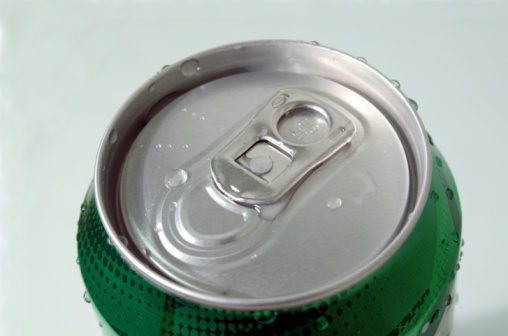Edwardsville, IL—A hearing has brewed over the accusations of a man who found a mouse in a can of mainstream citrus-flavored-soda in 2009 and sent it to the company who has since offered a bizarre defense.
According to Legal Newsline, the accuser, Ronald Ball, said he found a mouse in a can of branded soda and sent the specimen to the company as proof. The company denied the claims, stating that there was no evidence that the mouse had been in the can when it was originally bottled and shipped from the canning facility. They went on to argue that even if this was so, the can was filled in August 2008, more than a year before Ball bought and opened the can, thus after that many months inside their soda, the mouse would have dissolved into a “jelly-like” substance by then.
Skeptics point out that although the meat and skin could dissolve easily, there’s still the issue of the rodent’s skeleton. Scientific America looked further into this issue. In a 2004 study led by dentist J. Anthony von Fraunhofer, researchers tested the effects of citric acid on molars by submerging them in the alleged mouse-dissolving soda for two weeks, equaling 13 years of exposure. After the two weeks, the teeth had lost six percent of their original volumes. A second soda (not the same as the one on trial) was tested the same way, with only one percent of the teeth’s enamel volume being lost after the two weeks. So, according to this research, the amount of citric acid in the soda on trial could have a similar effect on the bones of a mouse after being surrounded for months as it was in this case.
Published in WholeFoods Magazine, online 1/19/12










